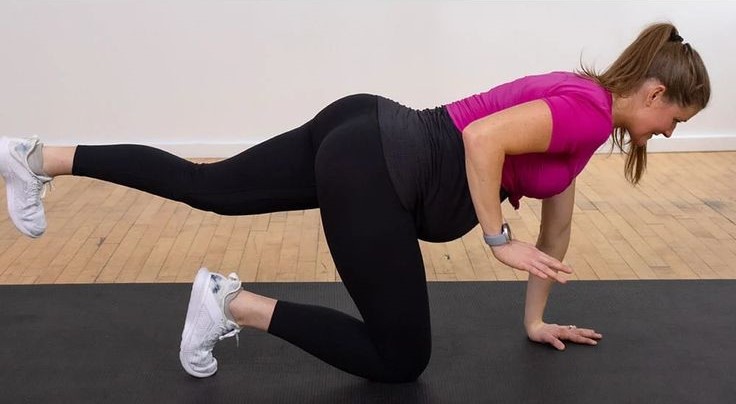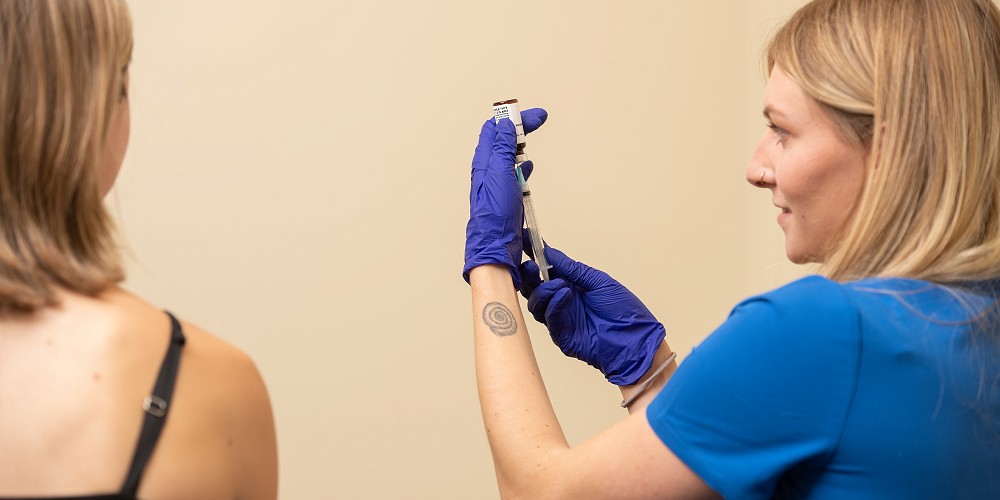Exercising during Pregnancy part 1 of 2: General Guidelines
Article by Lisa Purzner
A physically active pregnancy provides numerous health benefits for both mother and baby.


A physically active pregnancy provides numerous health benefits for both mother and baby. According to the Canadian Society for Exercise Physiology (CSEP), pregnant women should accumulate a minimum of 150 minutes of moderate-intensity physical activity per week and should ideally engage in some form of daily physical activity. Active pregnancies are associated with fewer newborn complications and numerous maternal health benefits. These include decreased risk of preeclampsia, gestational hypertension, gestational diabetes, caesarean section, instrumental delivery, urinary incontinence, excessive gestational weight gain, depression, improved blood glucose and decreased lumbopelvic pain. Research has shown that physical activity during pregnancy is not linked to miscarriage, stillbirth, neonatal death, preterm birth, preterm/prelabour rupture of membranes, neonatal hypo glycaemia, low birth weight, birth defects, induction of labour or birth complications.

In order to optimize maternal physical and mental health and reduce the risk of pregnancy complications, women should strive for a total of 150 minutes of physical activity per week. The exception are those women who have absolute contraindications to exercise, such as ruptured membranes, premature labour, unexplained persistent vaginal bleeding, placenta previa after 28 weeks’ gestation, preeclampsia, incompetent cervix, intrauterine growth restriction, high-order multiple pregnancies (e.g. triplets), uncontrolled Type 1 diabetes/hypertension/thyroid disease. Women with relative contraindications should discuss the benefits and risks of exercising with their obstetric care provider prior to starting an exercise program. Relative contraindications include recurrent pregnancy loss, gestational hypertension, history of spontaneous preterm birth, cardiovascular or respiratory disease, symptomatic anemia, malnutrition, eating disorder or twin pregnancy after the 28th week.

Pregnant women who were active before getting pregnant can continue with their pre-pregnancy routine as long as they are comfortable doing so. It is recommended that pregnant women should engage in both aerobic and strength training to achieve maximum health benefits. Aerobic training includes walking, hiking, swimming, cycling, running and low-impact exercise classes. It may also be beneficial to incorporate yoga, Pilates or gentle stretching, particularly if the woman is experiencing musculoskeletal pain. Certain activities and sports are not recommended during pregnancy due to risk of injury, such as rock climbing, mountain biking, horseback riding, water skiing, surfing, scuba diving and hot yoga.
Resources:
You May Also Like...
-
 ArticleView Post
ArticleView PostA Pain in the Butt, or a Pain in the Back?
Could your leg pain actually be coming from your back? Let’s take a look at pain originating from the sciatic nerve, the largest nerve in your body.
-
 ArticleView Post
ArticleView PostInjectable Therapy (Part 2 of 2): Hyaluronic Acid, Perineural Injections, & Trigger Point Injections
The more commonly discussed injectable therapies are mentioned in Part 1 of this article. Part 2 of this article contains additional injectable therapies that have been found to be beneficial for chronic pain.
-
 ArticleView Post
ArticleView PostTreating Urinary Incontinence
Involuntary leakage is a common issue that comes in many different forms. So how can physiotherapy help treat urinary incontinence?